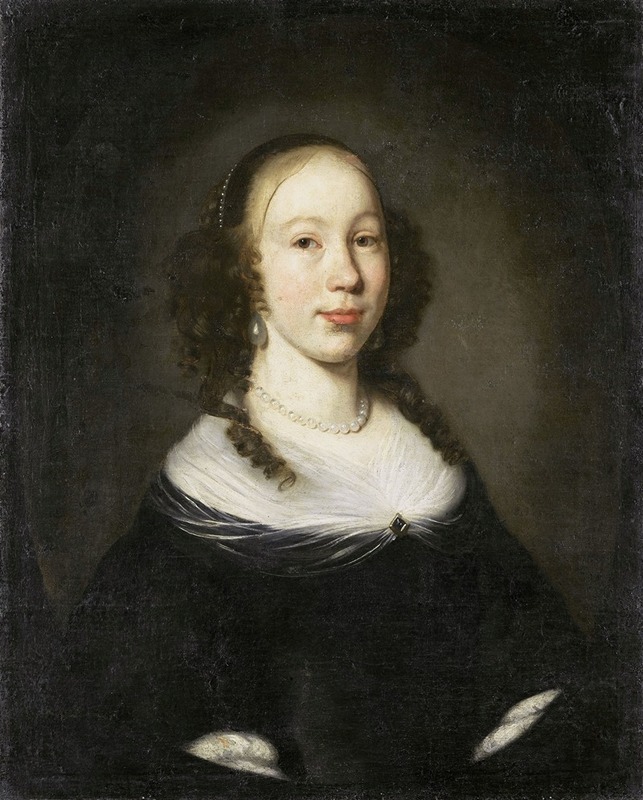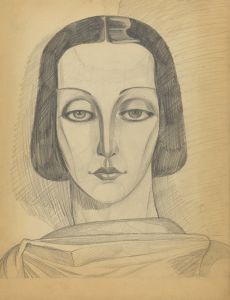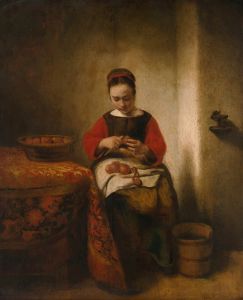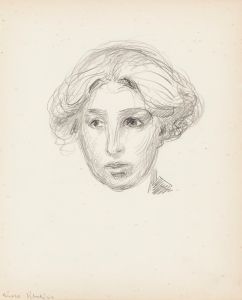
Portrait of a young Woman
A hand-painted replica of Nicolaes Maes’s masterpiece Portrait of a young Woman, meticulously crafted by professional artists to capture the true essence of the original. Each piece is created with museum-quality canvas and rare mineral pigments, carefully painted by experienced artists with delicate brushstrokes and rich, layered colors to perfectly recreate the texture of the original artwork. Unlike machine-printed reproductions, this hand-painted version brings the painting to life, infused with the artist’s emotions and skill in every stroke. Whether for personal collection or home decoration, it instantly elevates the artistic atmosphere of any space.
Nicolaes Maes, a prominent Dutch painter of the 17th century, is known for his portraits and genre scenes that capture the essence of the Dutch Golden Age. One of his notable works is "Portrait of a Young Woman," which exemplifies his skill in portraiture and his ability to convey the character and status of his subjects.
"Portrait of a Young Woman" is a fine example of Maes's mature style, which was heavily influenced by his early training under Rembrandt van Rijn. This influence is evident in the use of chiaroscuro, a technique that employs strong contrasts between light and dark to create a sense of volume and depth. Maes's portraits often feature a warm palette and a focus on the textures of fabrics and skin, which are also present in this painting.
The painting depicts a young woman, whose identity remains unknown, dressed in the fashion typical of the Dutch elite during the mid-17th century. She is adorned in a richly detailed gown, with lace and possibly silk, indicating her high social status. Her hair is styled elegantly, and she wears jewelry that further signifies her wealth and position. The background is typically subdued, drawing attention to the subject's face and attire, a common technique in Maes's portraiture to emphasize the sitter's presence and personality.
Maes's ability to capture the subtleties of expression is evident in the young woman's serene and composed demeanor. Her gaze is direct yet gentle, suggesting confidence and poise. This attention to the psychological aspects of his subjects is a hallmark of Maes's work and contributes to the enduring appeal of his portraits.
During his career, Maes transitioned from genre scenes to portraiture, a move that coincided with his relocation to Amsterdam around 1673. This shift allowed him to cater to the growing demand for portraits among the Dutch bourgeoisie, who were eager to display their wealth and sophistication through art. "Portrait of a Young Woman" likely dates from this period, reflecting the artist's focus on capturing the likeness and status of his patrons.
Nicolaes Maes's portraits, including "Portrait of a Young Woman," are celebrated for their technical proficiency and insightful representation of the sitter. His work provides valuable insights into the social and cultural milieu of the Dutch Golden Age, offering a glimpse into the lives of the era's affluent citizens. Today, Maes's paintings are held in high regard and can be found in major museums and collections worldwide, where they continue to be studied and admired for their artistic and historical significance.


















